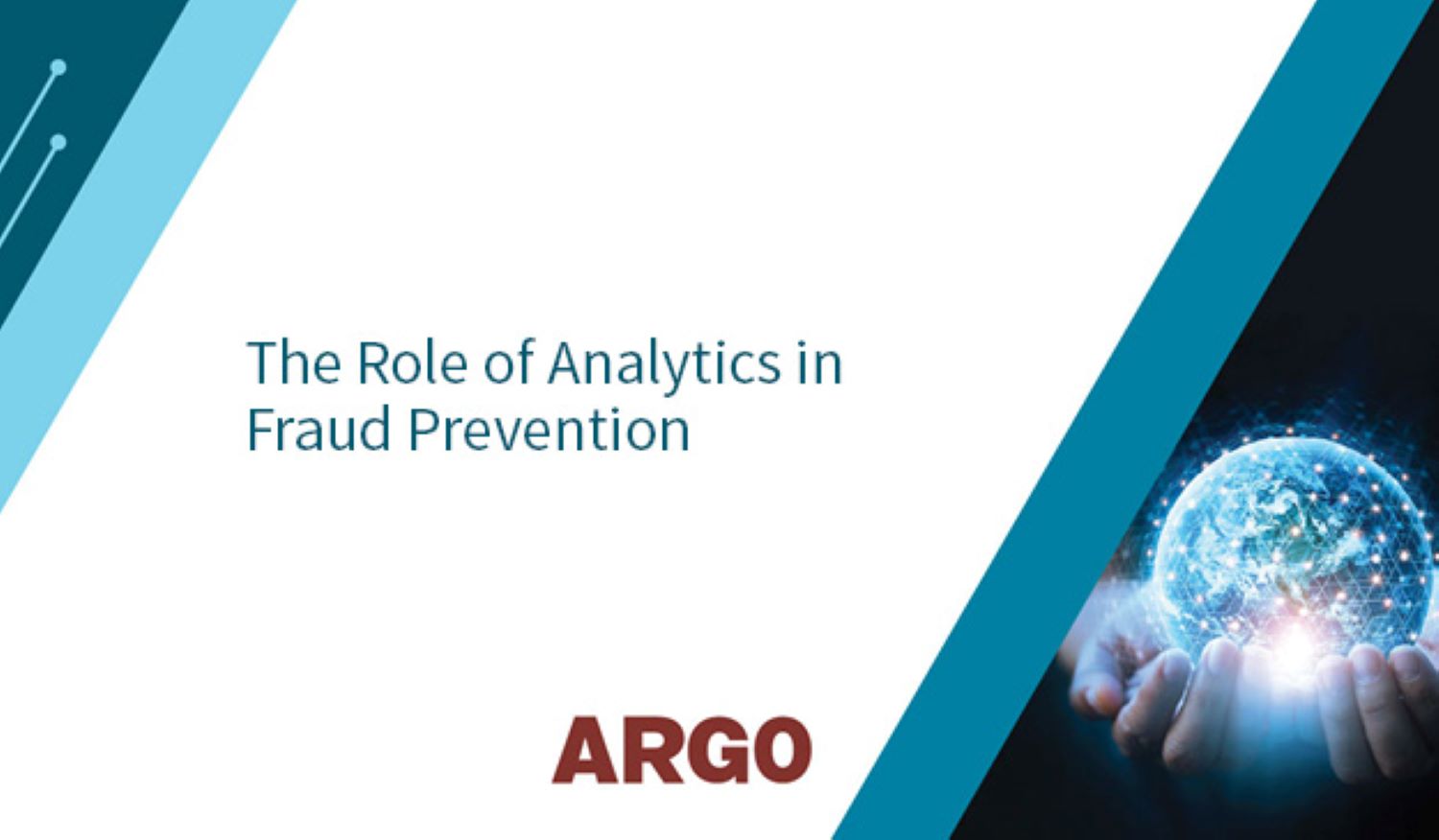Detecting fraud early is critical for financial institutions, making automated fraud detection solutions vital to the success of any sized organization. Fraud detection improves by combining software innovations such as decision tree/multiple variable analysis, image analysis, and machine learning predictive analytics. Data reference topology can increase to include contextual information and negative historical analytics. In turn, these outcomes can detect transactional fraud and suspicious activity, reduce false negatives, and enable a financial institution to make better fraud-related decisions faster.
By utilizing advanced algorithms, such as unsupervised machine learning, automated fraud detection solutions can elevate fraud detection and minimize financial loss. By applying machine learning constructs, institutions accelerate continuous business improvement.
Today’s automated fraud detection solutions use analytical technology to automate fraud detection. These solutions include:
- Decision Tree Automation – A form of multiple variable analysis used to predict, explain, discover, describe, or classify outcomes. It goes far beyond a simple one-cause, one-effect relationship. Decision Trees can encode complicated relationships between inputs that affect response values, becoming valuable to predictive decisions as a data gathering, exploration, and decision-making tool.
- Predictive Analytics (Machine learning) – This integrates probability theory, combinatorial optimization, search, and statistics, which are the basis of several analytical predictive and pattern recognition software solutions in both financial services and healthcare.
- Probabilistic Determination - Provides a statement about the certainty of an event, usually expressed in terms of probability. Often business leaders want to know three things about their operation: what happened, why it happened, and what will likely happen in the future.
Predictive analytics provide a method and foundation for computing the probability analytical computation processes and the outcome results used by fraud analysts when adjudicating suspect items. These analytics methods reduce fraud in four stages:
Stage 1—Applying seventeen individual fraud analytic tests
Stage 2—Determining the Suspicion Level (DSL) score
Stage 3—Determining of the Financial Risk Exposure (FRE) score
Stage 4—Routing to a work queue for adjudication
The ARGO Fraud solution, OASIS™ (Optimized Assessment of Suspicious Items), provides cross-channel, multi-fund analytics and adjudication workflow to detect fraudulent transactions and suspicious items. ARGO’s competency in Decision Trees, Random Forests, Bayesian graphical models, logistic regression, and others allow a deep understanding of the complex, non‑parametric, and often non-linear relationships that affect prediction accuracy.
For more information, download the “The Role of Analytics in Fraud Prevention” interview with David Engebos, President and COO of ARGO.





